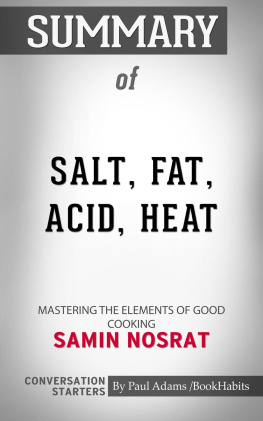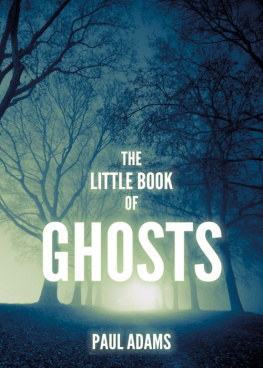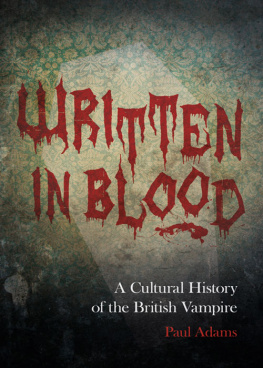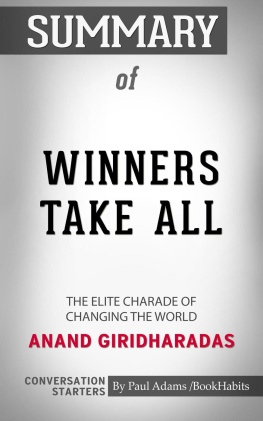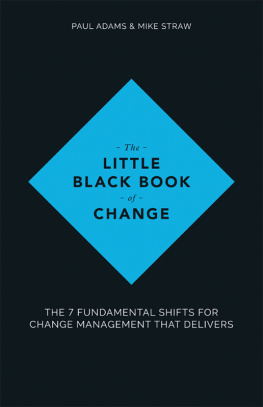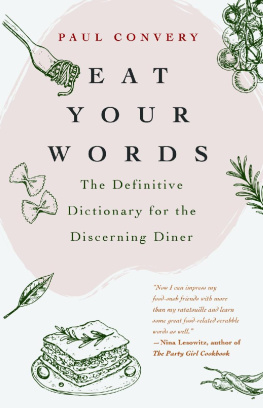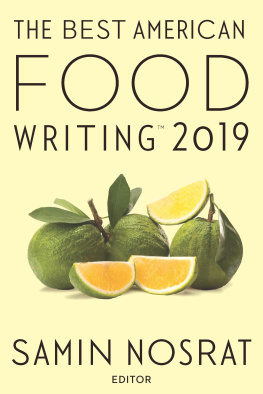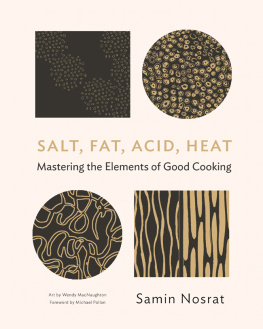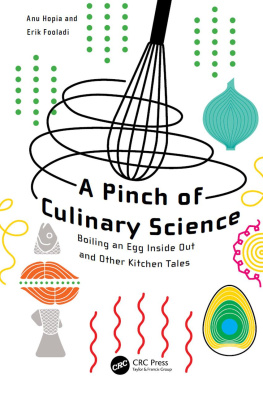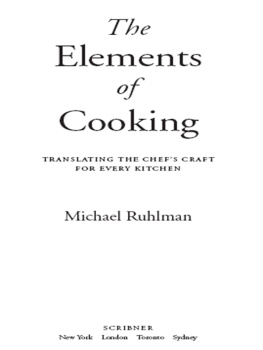Paul Adams - Summary of Salt, Fat, Acid, Heat: Mastering the Elements of Good Cooking
Here you can read online Paul Adams - Summary of Salt, Fat, Acid, Heat: Mastering the Elements of Good Cooking full text of the book (entire story) in english for free. Download pdf and epub, get meaning, cover and reviews about this ebook. year: 2018, publisher: BH, genre: Children. Description of the work, (preface) as well as reviews are available. Best literature library LitArk.com created for fans of good reading and offers a wide selection of genres:
Romance novel
Science fiction
Adventure
Detective
Science
History
Home and family
Prose
Art
Politics
Computer
Non-fiction
Religion
Business
Children
Humor
Choose a favorite category and find really read worthwhile books. Enjoy immersion in the world of imagination, feel the emotions of the characters or learn something new for yourself, make an fascinating discovery.
- Book:Summary of Salt, Fat, Acid, Heat: Mastering the Elements of Good Cooking
- Author:
- Publisher:BH
- Genre:
- Year:2018
- Rating:5 / 5
- Favourites:Add to favourites
- Your mark:
Summary of Salt, Fat, Acid, Heat: Mastering the Elements of Good Cooking: summary, description and annotation
We offer to read an annotation, description, summary or preface (depends on what the author of the book "Summary of Salt, Fat, Acid, Heat: Mastering the Elements of Good Cooking" wrote himself). If you haven't found the necessary information about the book — write in the comments, we will try to find it.
Salt, Fat, Acid, Heat: Mastering the Elements of Good Cooking by Samin Nosrat: Conversation Starters
This book will change the way you think about cooking and eating, and help you find your bearings in any kitchen, with any ingredients, while cooking any meal, says critically acclaimed food writer Samin Nosrat. With your knowledge of the four elements of cooking, she encourages improvisation and lets readers trust their own judgment as to what good food should taste like. The first element, salt, brings out the flavor in food. The second element, fat, amplifies flavor and makes appealing textures possible. The third element, acid, provides brightness and balance. The fourth element, heat, determines the kind of texture your food will have.
Salt, Fat, Acid, Heat is a New York Times bestseller, named by food and media critics as one of the Best Books of 2017, and is the winner of the James Beard Award for 2018.
A Brief Look Inside:
EVERY GOOD BOOK CONTAINS A WORLD FAR DEEPER
than the surface of its pages. The characters and their world come alive,
and the characters and its world still live on.
Conversation Starters is peppered with questions designed to
bring us beneath the surface of the page
and invite us into the world that lives on.
These questions can be used to create hours of conversation:
Foster a deeper understanding of the book
Promote an atmosphere of discussion for groups
Assist in the study of the book, either individually or corporately
Explore unseen realms of the book as never seen before
Disclaimer: This book you are about to enjoy is an independent companion resource of the original book, enhancing your experience. If you have not yet purchased a copy of the original book, please do before purchasing these unofficial Conversation Starters.
Copyright 2018 Download your copy now on sale
Read it on your PC, Mac, iOS or Android smartphone, tablet devices.
Paul Adams: author's other books
Who wrote Summary of Salt, Fat, Acid, Heat: Mastering the Elements of Good Cooking? Find out the surname, the name of the author of the book and a list of all author's works by series.

